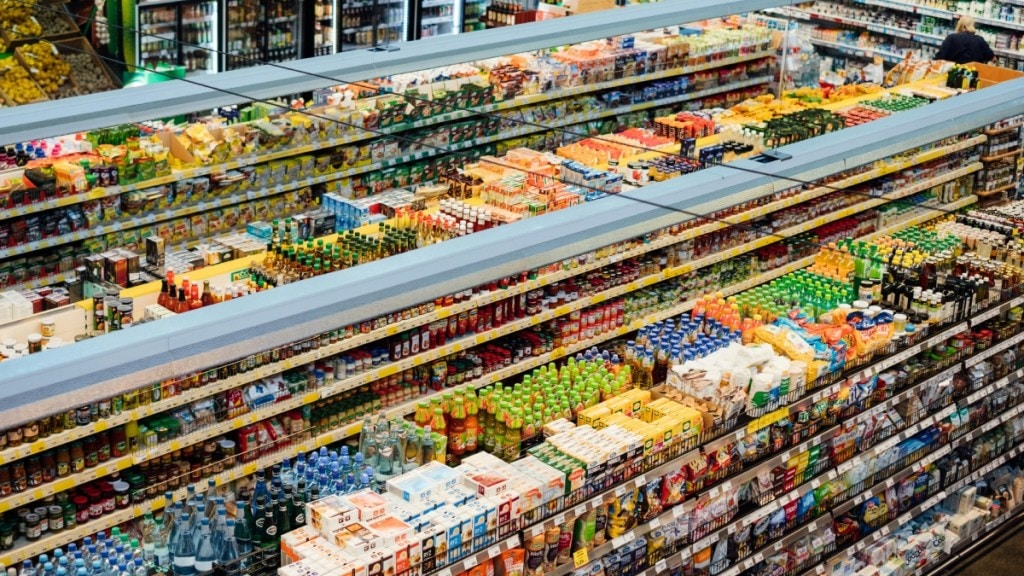A surge in rural consumption over recent quarters has prompted fast-moving consumer goods (FMCG) companies to ramp up efforts in India’s hinterlands. With urban demand expected to recover more gradually, leading FMCG players are expanding their direct distribution networks in rural areas, aggressively launching smaller pack sizes, and undertaking hyper-local promotions to tap into rising rural demand.
Companies are deploying a range of grassroots marketing strategies—including door-to-door campaigns with free samples and trial packs, promotional danglers at village kirana stores, sales promotions at local fairs or haats, and buy-one-get-one (BOGO) offers that include utility items like jars and utensils—to capture the attention of rural consumers and drive sales, top executives said.
“Rural initiatives had slowed when urban growth outpaced rural. But now that rural demand has rebounded and surpassed urban growth, companies are bringing their focus back on rural markets,” said Mohit Malhotra, CEO of Dabur India.
Dabur derives approximately 45–50% of its total sales from rural India—the highest among domestic FMCG players—making rural performance critical to its overall growth, Malhotra added.
“We reach over 131,000 villages, with direct access to more than 1.42 million outlets, out of a total reach of nearly 8 million. To fully leverage this distribution network, we have introduced value product bundles across categories—from hair oils and oral care to healthcare and food supplements—at ₹10, ₹20, ₹50, and ₹100 price points,” he said.
Rival Hindustan Unilever (HUL), the country’s largest FMCG company, earns 35–40% of its revenue from rural areas. It is now focusing on mass-market categories like skincare, soaps, detergents, and tea to capitalise on rural demand. In addition to affordable packs in mass segments, HUL is introducing low unit packs of premium products to cater to rural consumers, executives at the firm said.
HUL’s digital strategy is also aiding rural expansion. Its Shikhar app, now used by over 1.4 million retailers, boasts a 70% monthly active user rate.
“We continued not only to digitise our route-to-market approach, but also to empower our traditional trade partners with future-fit capabilities. Our ‘Buy Smarter, Sell More’ strategy for kirana stores—enabled via Shikhar—offers 24/7 ordering, real-time updates, transparent pricing, personalised ads and credit solutions,” Rohit Jawa, CEO & MD, HUL, said.
ITC, another FMCG giant, is offering premium cookies and snacks in ₹10 packs to boost rural traction. The company is expanding direct distribution using a hub-and-spoke model, while scaling its eB2B platform UNNATI, now covering nearly 800,000 outlets, to foster direct retailer engagement.
Marico, maker of Parachute and Saffola brands, launched Project Setu in FY25 to boost rural penetration. Now active in 11 states, the initiative aims to expand direct distribution, mainly in rural markets, by 50% over three years, by deploying AI-driven personal digital assistants, minimising manual intervention and enabling efficient resource allocation.
According to market researcher NielsenIQ, rural consumption is likely to continue outpacing urban demand in coming quarters, supported by robust government spending, a favourable monsoon forecast, strong harvests, broader infrastructure and rising rural incomes.
Britannia, too, is strengthening its rural footprint. Executive vice-chairman, MD & CEO Varun Berry said the company is working on improving both reach and frequency of outlet coverage in rural areas to drive more volume sales per store.
“Our distribution footprint now directly caters to about 2.9 million outlets across the country, with nearly 31,000 rural distributors aiding us in enhancing our presence in rural markets,” Berry said. Britannia, which reaches 6.5 million outlets in total, would continue to expand direct distribution, which makes up nearly half of its total reach, with help from its network of rural distributors, he added.

